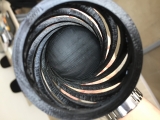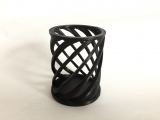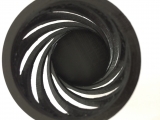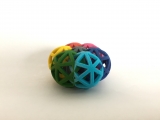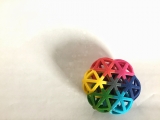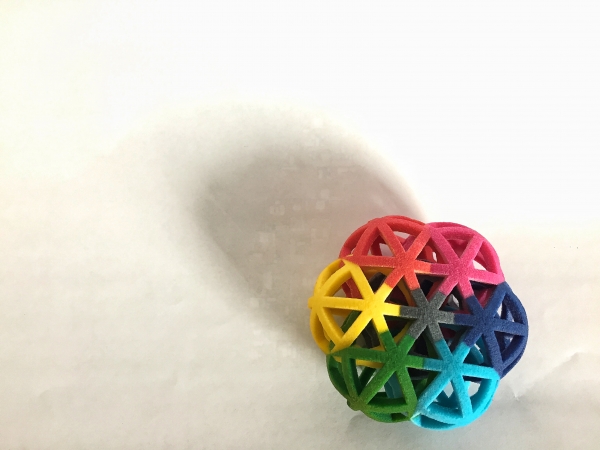
Comparison of 3D Printer Capabilities: German RepRap vs 660 ProJet
Friday, November 24th, 2017.
With the purpose of obtaining a better quality of 3D priniting, ProDe team has performed an analysis with the goal of testing the capabilities of FDM Protos German RepRap and 660 ProJet 3D Printers. The tests were carried out on two samples of similar form and justification elements, with use of different printing materials - PLA plastics and powder.
By analyzing the models that were previously printed on Protos German RepRap 3D Printer, several irregularities and errors were noted in slicing. Among them some of the most commonly referred to:
• Adjustment and infill parameters were not set properly
• The print speed was too large to affect the print quality
• Extruder; extrusion parameters were incorrectly defined, what had an impact on the final finishing layer, and also reduced the adhesion of the first layer to the surface on which the printing bed was was set.
In order to improve the quality of the print, a test sample was made, for which mistakes and printing irregularities were corrected and the corresponding parameters entered.
The first steps were to adjust the printing bed to the appropriate plane. The filament used was PLA plastic, black and 1.75 mm wide. The inside of the extruder through which the filament passes is 0.35mm wide. Taking into account these initial inputs, the first layer that is applied to the printing bed at 0.35 mm (for better bonding to the substrate) is defined, while each of the following 0.2mm (standard height for this type of Printer) is defined. The infill parameters are set at 20% in order to save time and materials at the press. A higher percentage of the infill would achieve a higher sample strength, which is quite flexible with this percentage of the infill.
